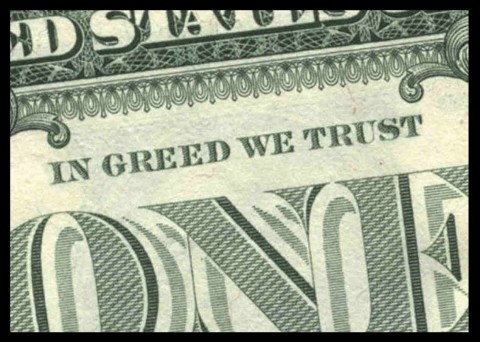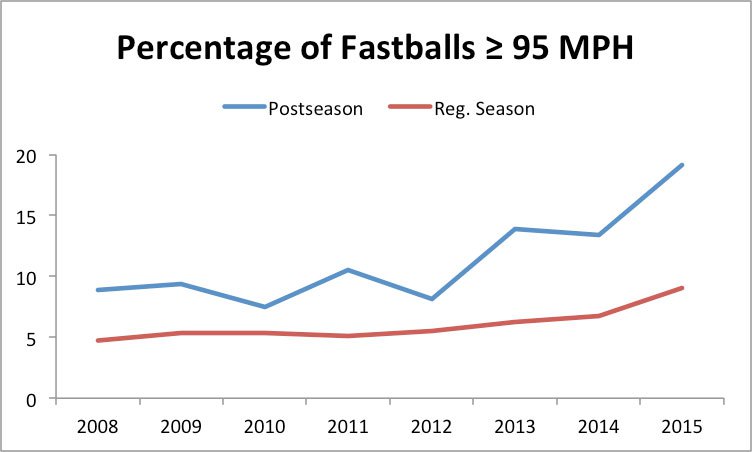.
We axed, are the 2014-15 Royals 'anti-sabermetric' or are they not? Dr. D is not going to resolve this with a mathematical proof. That's point A. What he will do, is point yer in an interesting direction. There's point B.
.
AN (ACTUALLY) SABERMETRIC INTERLUDE
Sabes don't generally believe that there is clutch hitting. Nor do they believe that there is hot-or-cold hitting. Nor do they believe that there is streaky hitting. Nor do they believe that there is such a thing as a "hard RBI" vs a soft RBI.
Usually they prove this with an --- > industrywide study < --- . They'll say, "The entire pool of major league hitters does not hit better in Game 4 after a 3-game hitting streak."
If you counter this by saying, "But this player over here had +125 points to his OPS in the clutch, his whole career," they'll say it's too small a sample. Such a response closes the door to any idea that a few hitters can raise their games. In fact, that's what Bill James found in his 10-part series on Big Game Pitchers, that guys like Bob Gibson and Mike Mussina raised their games when it was most important.
....
But! Here is a great read on Grantland where the (dubious) "industrywide study" IS suggestive. We'll slice the juiciest chicken breast off the bird:
.
I (Ben Lindbergh) asked Mitchel Lichtman, coauthor of The Book: Playing the Percentages in Baseball and a former Cardinals consultant, to investigate whether batters on either end of the contact spectrum have an advantage — or more accurately, less of a disadvantage — against the power pitching that’s so prevalent at this time of year. Lichtman defined power and finesse pitchers as those with strikeout rates in the top and bottom thirds of the league, respectively. He then classified contact and noncontact hitters as players whose combined walk and strikeout rates were in the top or bottom third. Finally, he dissected the stats to see how hitters of each type did against each group of pitchers from 2010 to 2015, using Weighted On-Base Average (wOBA), an all-in-one offensive rate stat on the same scale as OBP. For reference, the league-average wOBA over this period was .315. This table contains the results:
| Hitter Type |
Overall |
Vs. Finesse |
Vs. Power |
Split |
| Contact |
.312 |
.351 |
.288 |
.063 |
| Noncontact |
.317 |
.359 |
.278 |
.081 |
Hitters of all types beat up on finesse pitchers and suffer against power pitchers, but contact hitters suffer slightly less. Overall, the typical noncontact hitter is a bit better than the typical contact hitter. But put a power pitcher on the mound, and the ranking reverses. All else being equal, hitters who put balls in play do better against bat-missers than hitters with whiff in their game. The Royals recorded a .292 wOBA against power pitchers this season, 10 points better than the .282 mark we would have expected based on their overall performance and the performance of the power pitchers they played.
.
"Power Pitchers" is another way to say "Good Pitchers." In the same Grantland article, they posted this chart:
.
.
Yes, Dr. D realizes that there are caveats and quid pro quos to saying that "Power Pitcher" means "Good Pitcher." But you should also realize there's a reason that --- > everybody in the playoffs throws 97 MPH.
.
GREED FOR SUCCESS
So the Grantland explanation for the Royals' success would be, "Contact Hitters are the preferred type against Power Pitchers, and the Royals have that kind of hitter, and they have been seeing Power Pitchers."
Jeffy's explanation, in this Fangraphs chat, would be:
.
Where I am: when there are men on base, the defense can’t be positioned as optimally. And when there are men on base, pitchers are more highly prioritizing strikeouts. The Royals can take advantage of suboptimal positioning, and they can mitigate some of that strikeout ability. So I don’t think it’s *completely* nothing.
.
Where Dr. D would be: there is such a thing as a "Hard RBI." There's such a thing as a mistake hitter, a guy who feasts on bad pitches but who struggles when the pitcher executes. And there's such a thing as a hitter who gears up his approach to succeed against tough pitching.
That idea ain't SSI's invention, as the alert reader -- say, John McGraw and Earl Weaver and Greg Maddux and Derek Jeter -- might have noticed. ALL baseball men, that's A-L-L, "believe" in the idea of Tough Hitters vs Mistake Hitters. Grantland comes perilously close to admitting this:
.
Glanville notes that the vulnerabilities of low-contact hitters are easier to exploit, although their strengths often do more damage. “I would think a lot of the big power guys — and we’re not talking about [Albert] Pujols and guys who are just exceptional, like Vladimir Guerrero — they probably have more holes,” Glanville says. “Because to make contact on a lot of different kinds of pitches, you probably have less holes. I’m not saying you’re driving those pitches, but you can make contact. I think it’s a unique skill, to be able to put the ball in play.” It’s not clear why power pitching would accentuate the weaknesses of one group more than the other, but contact hitters’ better bat control could help them handle strikeout pitchers’ predominantly faster speeds. The Cubs, for instance, seem to struggle against good velocity.
.
The aiki concept is "Greed for success."
Greg Maddux complained, when the Yankees continually spanked him in the World Series, that there just wasn't much he could do when Jeter & Williams & Posada were "willing to take what you give them."
The Adam Dunn TTO pitch-stalker wants 4 bases, not 1. I dunno if that qualifies as ...
.
greed
-
intense and selfish desire for something, especially wealth, power, or food.
.
... But you can see that this concept OBVIOUSLY creates a distinction between hitters. No matter what sabermetrics says at the moment. There are 400-500 major league hitters at the moment, and you can line them up from left to right on a continuum based on how much they're trying to do in any one at-bat.
So here we are, locally, with a freshly clear memory of Mark Trumbo being -Greedy- at the plate in June, and being -Not Greedy- in August. Leaving us where?
Next article,
Dr D

